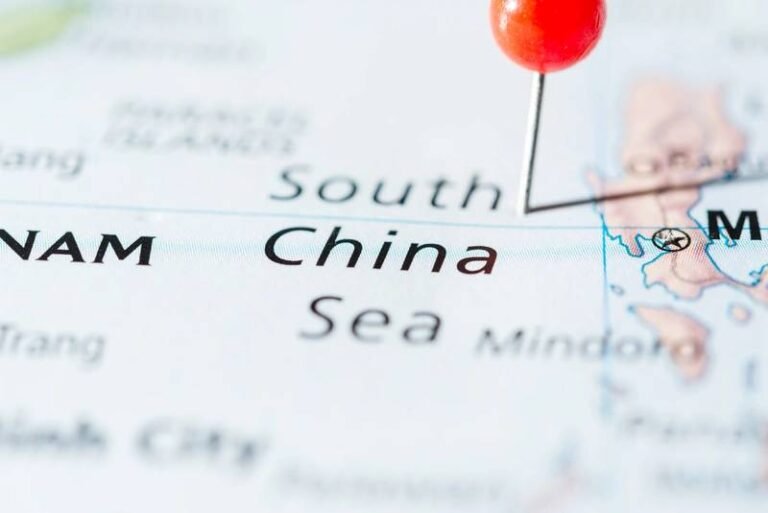Philippine and Indian Navies Conduct Joint Passage in South China Sea
In a significant display of maritime cooperation, the Philippine and Indian navies sailed together for the first time in the South China Sea. This joint passage came as President Ferdinand Marcos embarked on a state visit to New Delhi, highlighting the growing partnerships between the two countries.
Since late 2023, the Philippines has been actively engaging in maritime cooperative activities with foreign navies to counter China’s expansive claims in the region. This includes joint passages with key allies such as the United States, Japan, Australia, France, and Canada.
The recent joint passage between the Philippine and Indian navies took place in the West Philippine Sea as part of a bilateral exercise aimed at strengthening ties in the Indo-Pacific region. Indian Navy ships, including guided missile destroyer INS Delhi, tanker INS Shakti, and corvette INS Kiltan, sailed alongside Philippine frigates BRP Miguel Malvar and BRP Jose Rizal.
Philippine military chief Romeo Brawner revealed that the idea for this joint passage originated during his meeting with his Indian counterpart in March. The two-day exercise, which began on Sunday and was conducted within the Philippines’ exclusive economic zone, showcased the commitment of both nations to enhancing maritime security in the region.
Despite the absence of any untoward incidents during the joint passage, there were reports of shadowing by unidentified vessels, a situation that has become increasingly common in contested waters. China, which claims nearly the entire South China Sea, reiterated its stance that territorial and maritime disputes should be resolved directly between the involved countries without third-party intervention.
As President Marcos departed for India on a five-day visit, he expressed his intention to deepen maritime ties and explore cooperation in various sectors, including defense, pharmaceuticals, and agriculture. The visit underscores the importance of strengthening partnerships in the Indo-Pacific region amidst geopolitical tensions.
The South China Sea remains a strategic shipping route where significant global commerce takes place, making it a focal point of competition among regional powers. A 2016 ruling by an international arbitral tribunal invalidated China’s extensive claims in the region, a decision that Beijing has consistently rejected.
The joint passage between the Philippine and Indian navies marks a significant step towards enhancing regional security and cooperation in the South China Sea, emphasizing the shared commitment to upholding maritime stability in the Indo-Pacific.
(Source: Reuters)

